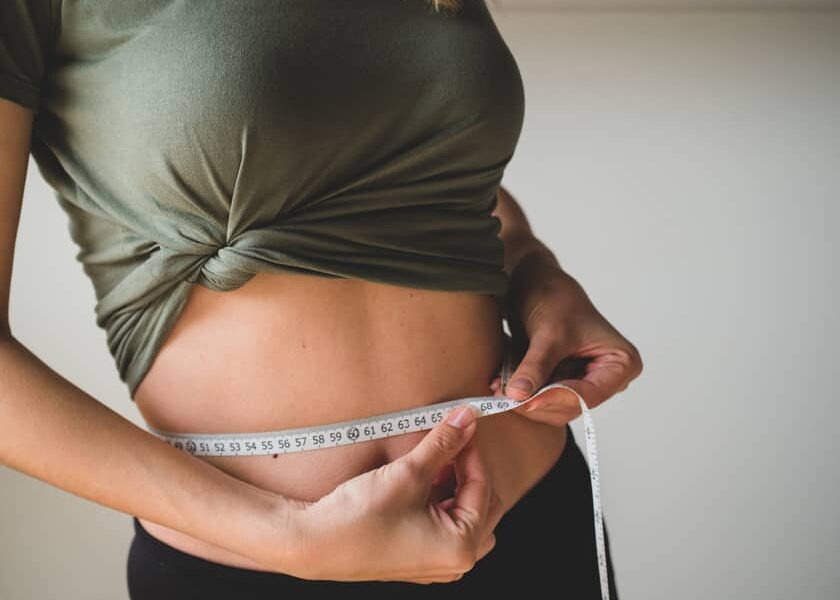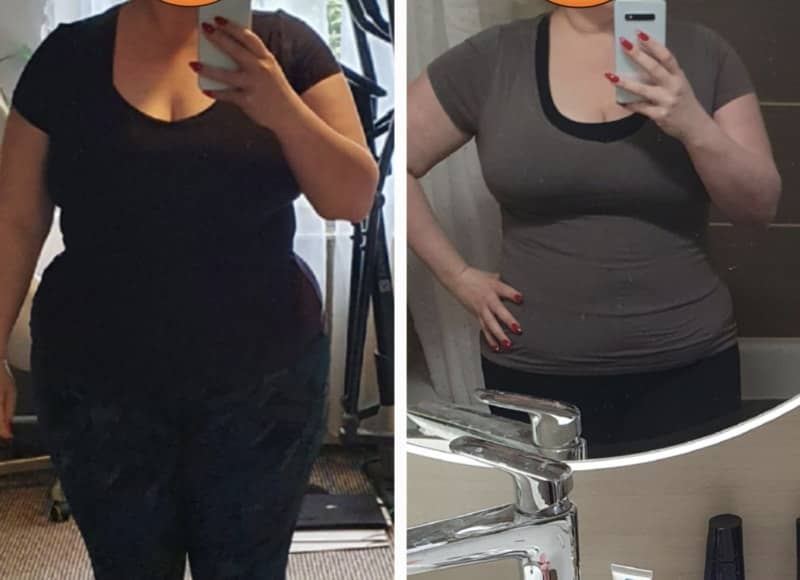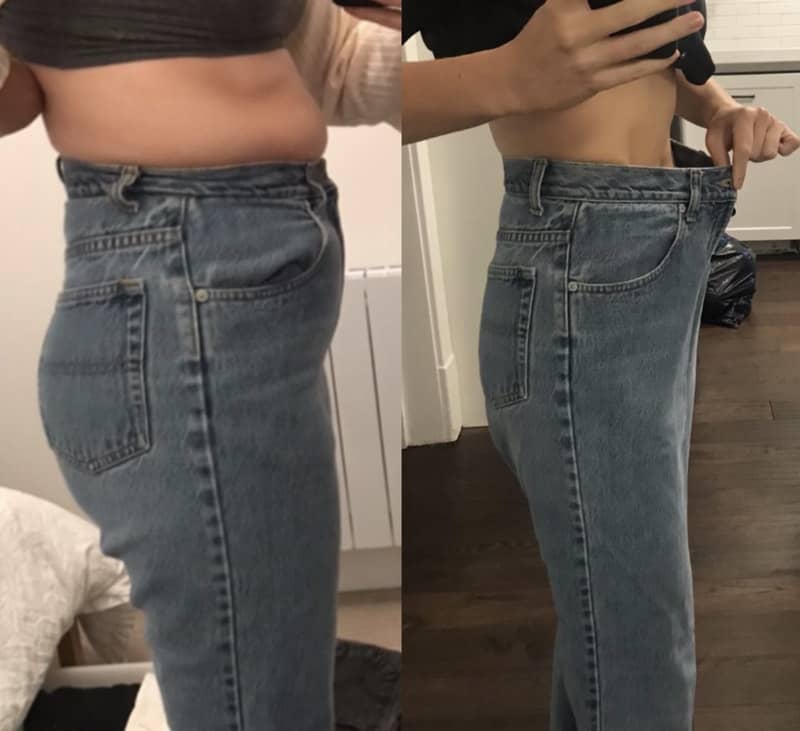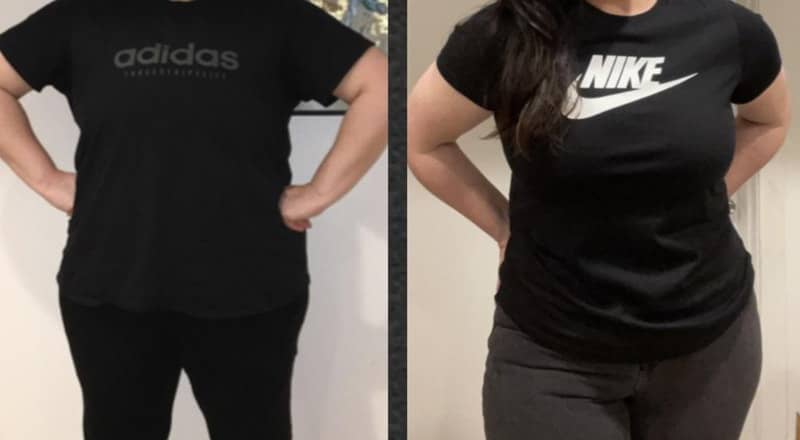How to Lose 30 Pounds in 3 Month: The Truth of Dieting
Transforming your body and mind with these powerful tips from our medical team.

There are multiple reasons why so many people want to lose weight. These include health-related concerns, a forthcoming event, a vacation, or to boost their self-esteem.
No matter the reason, losing excess body weight can be challenging, time-consuming, and even expensive, but it is not unachievable.
Many people turn to fad diets, and while some diet plans live up to their claims, others only harm your health.
So how can you lose 30 pounds, and is it even possible to do it in 3 months?
Can You Lose 30 Pounds in 3 Months?
While you technically could lose such a huge amount of weight in such a short time, your weight loss would most likely be unsustainable and cause harm to your health.
Health experts recommend shedding 1–2 pounds every week. That means that safely losing 30 pounds can take 15 to 30 weeks or even more.
However, every person is different. Therefore, finding a weight loss plan that works and fits your lifestyle is crucial.
It takes a lot of discipline and consistency to lose weight because nothing worthwhile happens overnight, and you cannot accomplish much without dedication and hard work.
Some people believe that consuming supplements and weight loss pills will give them the quickest solution to dropping 30 pounds in 3 months. You might lose belly fat and weight while taking them, but the weight will most likely return after you stop.
Make sure you have a workout plan that is realistic and successful and stick to eating healthy, eliminating processed foods from your diet, and eating a low-calorie diet as much as possible. Several aspects, such as the weight you wish to lose, dietary needs, and daily calorie intake, will dictate the diet plan.
How Fast Can You Lose 30 Pounds?
You will need to combine dieting with exercise and other healthier lifestyle choices to achieve the best results and experience long-term success. Losing weight too quickly is not advisable as the body will not be capable of maintaining the weight loss at a faster rate.
Keep in mind that the lifestyle you maintain will significantly influence how quickly you can drop 30 pounds. Dieting, exercises, stress management, and adequate rest, among other factors, will assist you in achieving this long-term weight loss target in approximately 15 weeks or more.
How to Lose 30 Pounds in 3 Months: 6 Foolproof Strategies to Follow
As said before, it will take more than 12 weeks (or 3 months) to lose 30 pounds; however, you can start making changes to your routine today.
The most straightforward strategy is to burn more calories than you consume and work out as much as possible.
However, what worked for someone else may or may not work for you in the same way as every individual also responds differently to dietary and physical activity changes.
A person’s lifestyle and surroundings can also play a role in this. The strategies listed below will assist you in losing the 30 pounds you desire without experiencing any stress.
#1 Have your weight loss plan
In order to lose weight effectively and maintain it long-term, you will need a realistic weight loss plan containing healthy habits you can stick with. However, while drastic steps may produce quick results, they are more likely to result in long-term implications.
Reduced energy levels, muscle loss, mood swings, weakened immunity, lack of concentration, and binge eating are all side effects of rapid weight.
Include all of the food groups in your weight loss plan. Fruits and vegetables should make up half of the daily calorie intake, 25% should consist of proteins, 25% should consist of whole grains, and fiber content should be 25 to 30 grams per serving.
You should also strive to have a plan that provides you with calorie monitoring, too, such as an online tracker, food journal, or a counselor.
#2 Start cardio training
You can lose weight by engaging in a variety of cardio workouts. Less strenuous fitness activities such as walking, aerobic exercises, and jogging can help you lose weight.
However, if you want to lose weight while still gaining muscle mass, you will need to engage in strength training routines, such as bicep curls, weight training, HIIT workouts, etc.
Walking
A consistent walking regimen will help you improve your general physical health while also assisting you in your goal of losing 30 pounds. You can burn approximately 150 additional calories per day if you add 30 minutes of vigorous walking to your daily routine.
Running
Running is among the most effective cardiovascular activities to incorporate into your routine. Experts agree that running at 5mph for 30 minutes will result in a 295-calorie burn.
Increasing the length to 60 minutes will burn even more calories. There are certain exceptions to this rule, however, as it applies to those with a weight of at least 154 pounds.
Swimming
Swimming is both an aerobic and a strength workout. Taking a swim will increase your heart rate and assist you in burning more calories, while the numerous motions and pushing against the water’s pressure will help you develop muscle mass.
Strength training
In addition to helping you gain muscle mass, strength training can help you shed excess weight. As your muscles grow, your body becomes more energetic; therefore, your body burns calories at a faster pace.
High-intensity interval training (HIIT)
HIIT routines consist of a brief spurt of hard workouts followed by a period of recovery (rest) or low-intensity activity. When it comes to weight loss, high-intensity interval training is one of the most effective workouts.
Burning fat and building lean muscle is the best way to lose weight and keep it off. High-intensity interval training (HIIT) forces your body to burn fat for energy rather than carbohydrates, which increases the efficiency with which fat is lost.
#3 Go on a low-carb diet
A typical American diet includes between 225 and 325 grams of carbs per day, as per the dietary guidelines.
The ketogenic diet is a high-fat, moderate-protein, and low-carbohydrate diet with a few extra benefits.
People on a low-carb keto diet obtain 60–75% of their calories from fat, 5–10% from carbohydrates, and the remaining calories (20–30%) from protein.
#4 No more added salt
In addition to providing flavor, sodium, which is the primary component of salt, is necessary for nutrition. It maintains our muscles and nerve functioning. Sodium also aids in the maintenance of a normal fluid balance in our bodies.
However, too much salt is also not good for health, especially for those battling high blood pressure or kidney problems.
When we consume an excessive amount of added salt in our diets, our bodies may experience water retention because they cannot balance the levels of sodium in our bloodstream.
Studies show that water retention can lead to weight gain and make achieving your weight loss objectives more difficult.
#5 Take progress pics
Do not rely solely on the scale to track your weight loss progress. Once a week, take full-length photos of your body from all angles, from all sides of your body. It is important to take periodic photos and measurements of your accomplishments to gain an impartial view of your weight loss journey.
The scale will only tell you how many pounds you have shed; you must also look at your body proportions to see the changes. Observing the changes will provide you with even more motivation to continue your quest to reduce 30 pounds in 3 months.
#6 Consume more fiber
Increased fiber consumption has a range of health benefits, one of which is reducing body fat. Besides filling you up faster and keeping you satiated for longer periods, eating fiber-rich foods such as whole grains or wheat bread also helps deter the body’s absorption of some of the calories you ingest.
Fiber binds with fat and sugar molecules, reducing the number of calories the body can consume. Eating more fiber can also assist you in regaining weight after losing it. Furthermore, eating more fiber benefits digestion and removes toxins from the gastrointestinal tract, improving your overall health.
Fiber also helps prevent the body from absorbing harmful fats by soaking them up and reducing systemic inflammation, which is one cause of obesity and other health problems.
Losing 30 Pounds: Before and After
These before-and-after images reveal how people’s appearances changed after losing 30 pounds.




A Word From Our RD
Losing 30 pounds in 3 months is challenging. It becomes even more difficult if you cling to your old lifestyle habits.
If you want to lose weight effectively and within your target period, you will need to adjust several things, including your calorie intake, workout routines, and lifestyle habits.
In some cases, you might not reach your goal weight in the three months you are targeting. However, any minor improvements can positively affect your health in many other ways.
A 5% loss of body weight, for instance, improves your blood sugar levels, lowers cholesterol levels, and minimizes the risk of cardiovascular diseases.
Conclusion
If you want to lose weight safely, it’s impossible to lose 30 pounds in only 3 months. As a healthy weight loss rate is 1–2 pounds per week, losing that much weight might take from 15 to 30 weeks.
The key to losing weight is creating a realistic diet and workout plan. You have to improve your eating habits and get enough exercise.

















































 Select your language:
Select your language: 








